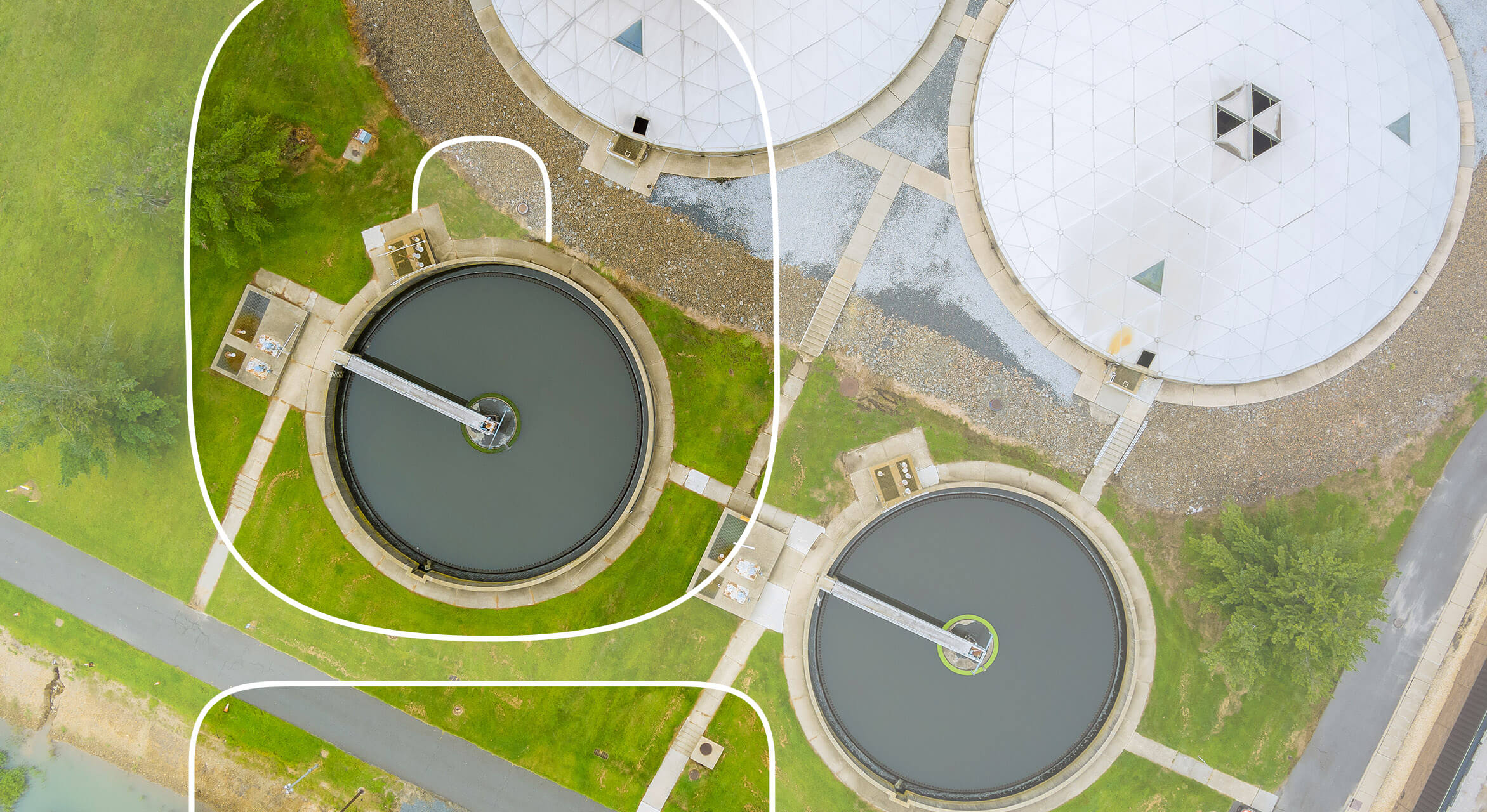Understanding Wastewater Therapy Processes and Their Environmental Influence
The ins and outs of wastewater treatment procedures play an essential role in mitigating ecological challenges connected with water pollution. Each phase, from initial to advanced therapies, is developed to address certain pollutants, inevitably securing both public wellness and water ecosystems.
Summary of Wastewater Therapy
Just how is wastewater transformed right into a risk-free resource for the setting? Wastewater treatment is a critical procedure made to eliminate impurities from made use of water, thereby securing public health and safeguarding ecosystems. This procedure starts with the collection of wastewater from household, industrial, and commercial sources, which is after that routed to therapy centers.
At these centers, different physical, chemical, and organic techniques are utilized to treat the wastewater. Initial testing removes huge debris, complied with by sedimentation to separate much heavier solids. Ultimately, organic treatments, such as turned on sludge processes, make use of microorganisms to break down natural matter. These techniques not just lower pollutant levels but additionally assist in the recovery of beneficial nutrients.
The dealt with effluent can be securely released right into natural water bodies or recycled for irrigation and commercial purposes, advertising source preservation. Furthermore, the therapy procedure creates biosolids, which can be repurposed as fertilizers or soil modifications, even more enhancing sustainability.
Phases of Treatment Processes
The wastewater therapy procedure commonly is composed of 3 main phases: preliminary, main, and second treatment. Each stage serves a distinctive role in decreasing the toxin tons and ensuring the effluent fulfills ecological standards prior to discharge.
The main therapy stage concentrates on the physical separation of put on hold solids from the wastewater. With sedimentation, much heavier particles resolve at the base of sedimentation storage tanks, forming sludge, while lighter products, such as oils and oils, float to the surface area and are skimmed off. This process substantially reduces the organic and not natural lots in the wastewater.
Second therapy is an organic process intended at further reducing the concentration of organic matter. This stage is vital for achieving the required biochemical oxygen demand (BODY) reduction, inevitably leading to cleaner effluent prepared for discharge or additional treatment.

Advanced Treatment Technologies
Adhering to the second therapy processes, advanced therapy modern technologies play a vital function in further enhancing the top quality of treated content wastewater. These modern technologies are developed to get rid of recurring contaminants that are click for source not efficiently eliminated during key and second treatments, ensuring the effluent fulfills strict governing criteria.
Amongst the widely made use of innovative therapy techniques are membrane layer filtration, reverse osmosis, and advanced oxidation processes. Membrane filtration, consisting of microfiltration and ultrafiltration, is efficient in dividing fine particles, pathogens, and colloids from the water (Wastewater). Reverse osmosis makes use of semi-permeable membrane layers to get rid of dissolved solids, resulting in premium water ideal for different applications
Advanced oxidation processes (AOPs) use strong oxidants to break down organic toxins, consisting of drugs and personal care items that are resistant to traditional therapy. These methods boost the biodegradability of intricate substances, promoting their elimination.
One more considerable innovation is using organic nutrient elimination processes, which specifically target nitrogen and phosphorus, protecting against eutrophication in receiving water bodies. Generally, sophisticated treatment modern technologies are necessary for attaining greater degrees of filtration, promoting water reuse, and guarding public health while attending to the difficulties connected with wastewater monitoring.
Ecological Advantages of Therapy
Numerous ecological benefits emerge from effective wastewater therapy processes that add to ecosystem health and wellness and sustainability. Largely, these procedures considerably lower the launch of unsafe pollutants into natural water bodies, which assists keep marine ecosystems. By eliminating contaminants such as heavy metals, nutrients, and pathogens, treated wastewater alleviates the threat of waterborne diseases and promotes biodiversity in marine atmospheres.
Furthermore, wastewater therapy facilities often use sophisticated modern technologies that enable water recycling and reuse. This method not just saves freshwater resources but additionally reduces the need on all-natural water materials. Enhanced nutrient elimination from wastewater can also avoid eutrophication, a procedure that results in algal blossoms and subsequent oxygen depletion in aquatic systems.
In addition, efficient treatment processes can lessen greenhouse gas discharges, particularly methane and nitrous oxide, which are frequently released during neglected wastewater disintegration. By capturing and using biogas from anaerobic digesters, centers can convert waste into renewable resource, thus adding to a reduction in nonrenewable fuel source dependence.
Challenges and Future Trends
While the environmental benefits of wastewater therapy company website are clear, numerous difficulties persist that hinder optimum outcomes in this field. One significant concern is aging facilities, which commonly causes inadequacies and increased operational expenses - Wastewater. Several treatment plants were made decades ago, and their capacities do not align with modern needs, which consist of more stringent regulative standards and greater volumes of wastewater because of urbanization

Looking ahead, there is an expanding emphasis on source recuperation and round economic climate concepts within wastewater therapy. Technologies such as anaerobic digestion, which can generate biogas, and progressed filtration modern technologies are acquiring grip. These approaches not just improve therapy effectiveness but also advertise sustainability.
Eventually, dealing with these difficulties calls for collaboration amongst stakeholders, financial investment in modern technology, and a dedication to continuous research. By embracing these patterns, the wastewater treatment sector can advance to satisfy the demands of an altering setting and culture.
Verdict
In conclusion, wastewater treatment procedures play a crucial role in boosting environmental top quality and public health and wellness. The multi-stage therapy structure, paired with sophisticated modern technologies, effectively mitigates air pollution and advertises sustainable water administration.